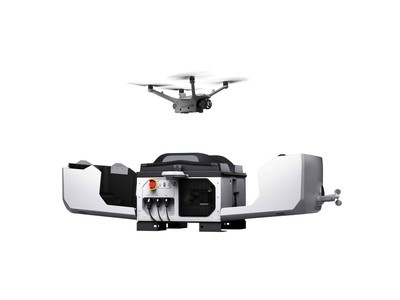When it comes to elevating your photography skills or simply enjoying a new technological marvel, personal drones with cameras have become the go-to gadgets for enthusiasts. These innovative devices offer endless possibilities and perspectives, making aerial photography both exciting and accessible. In this exploration, we delve into the features that make these drones an exceptional choice for capturing stunning photographs.
What to Look for in a Personal Drone with a Camera
There are several essential aspects to consider when selecting a personal drone with a camera. First, the camera quality is paramount. Look for drones equipped with at least a 12-megapixel camera to ensure high-resolution images. Many drones also offer 4K video capabilities, allowing you to capture crystal-clear footage.
Flight Time and Battery Life
Flight time is another critical factor. Most personal drones offer flight times ranging from 20 to 30 minutes on a single charge. It’s advisable to have extra batteries on hand, especially if you plan an extended photography session. Understanding the battery specifications can save you from an interrupted flight experience.
Stability and GPS Technology
Stability plays a crucial role in aerial photography. Modern drones come equipped with GPS technology, which aids in flight stability and makes it easier to control the drone mid-air. This feature is particularly beneficial for beginners who may need extra assistance navigating their drones in windy conditions.
Top Recommendations for Personal Drones
- DJI Mavic Air 2: Known for its compact design and superior camera quality, this drone offers 48MP photo resolution and 4K video recording. Its intelligent shooting modes and obstacle avoidance make it a top choice for both amateurs and professionals.
- Autel Robotics EVO Lite+: With impressive low-light capabilities and a 6K camera, this drone is ideal for capturing stunning sunset shots. Its extended flight time and robust build provide users with a reliable flying experience.
- DJI Mini 2: Perfectly suited for beginners, this lightweight model boasts 12MP camera capabilities and 4K video. It’s compact yet powerful, offering a budget-friendly option without compromising quality.

Additional Features to Consider
Other noteworthy features include autonomous flight modes such as follow-me and orbit, which allow the drone to fly independently while focusing on a specific subject. Moreover, some drones come with built-in gimbals that ensure stable footage even during turbulent flights.
“Personal drones with cameras are revolutionizing photography, providing unique angles and capturing breathtaking vistas previously only seen by avid adventurers.”

Safety is key – ensure the drone has a reliable return-to-home feature to avoid losing your device. Additionally, pay attention to the controller range to maximize your exploration potential without losing signal.
Frequently Asked Questions
What are the legal requirements for flying a drone?
Before flying a drone, familiarize yourself with the local regulations regarding drone operation. Most countries require registration and adherence to specific flight zones, especially around airports and populated areas. Always prioritize safety and responsibility when flying.
Can drones be used in all weather conditions?
While many drones are built to withstand minor weather disturbances, it’s advisable to avoid flying in extreme conditions such as heavy rain, strong winds, or dense fog. These conditions can hinder the drone’s performance and risk damage to its components.
How can I improve my drone piloting skills?
Practice is essential. Start in open spaces free from obstacles, gradually advancing to more complex environments as you gain confidence. Many modern drones offer beginner modes, easing you into the experience by limiting altitude and speed.